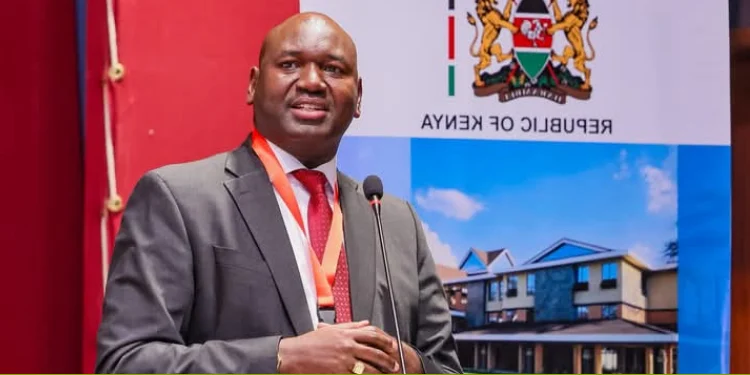Women (or should I say, girls) do crazy things to appease men. The craziest one is infibulation. Infibulation refers to the most severe form of female genital mutilation (FGM), classified by the World Health Organisation (WHO) as Type III FGM. It involves the narrowing of the vaginal opening by creating a seal, formed by cutting and repositioning the labia (usually the labia minora or labia majora), and then stitching them together. The clitoris may also be partially or totally removed.
Infibulation, the most extreme form of female genital mutilation, remains a brutal reality for countless girls across parts of Africa and beyond, despite decades of advocacy, legislation, and international condemnation. This archaic practice, rooted in cultural myths and misguided notions of purity and honour, continues to shatter the bodies and spirits of young women, leaving behind a legacy of pain, fear, and silence. It is a scar on humanity that can no longer be dismissed as tradition or tolerated as cultural heritage. It must be called what it truly is: a gross violation of human rights and a form of gender-based violence.
In communities where infibulation is practised, the procedure is often performed on girls between the ages of five and fifteen. The child is held down, sometimes by her female relatives, and without anaesthesia, her labia are cut, her clitoris removed, and the raw flesh stitched together, leaving only a small hole for urine and menstrual flow.
The aftermath is a child writhing in pain, vulnerable to infections, haemorrhage, and even death. The long-term consequences are even more horrifying: chronic urinary tract infections, obstructed menstrual flow, painful sexual intercourse, and complications in childbirth. For many, the physical wounds never fully heal, and the emotional trauma haunts them for life.
Supporters of infibulation argue that it is a rite of passage, a marker of womanhood, and a guarantee of marital prospects. Some claim it preserves virginity and prevents promiscuity. But these justifications collapse under the weight of evidence and reason. No tradition, however ancient, should survive at the cost of a girl’s health, dignity, and autonomy. Infibulation is not a sign of civilisation – it is a symptom of deeply entrenched patriarchy. It is about control-control over the female body, over her choices, over her future.
Yet this is precisely why silence is not an option. Societies do not change because time passes; they change because voices rise. They change when someone dares to challenge the norm, protect the voiceless, and speak up even when uncomfortable. The campaign against infibulation must be relentless and multi-pronged. Laws alone are not enough.
Kenya, for instance, criminalised all forms of FGM in 2011, yet the practice persists in remote areas and across borders. Enforcement must be accompanied by education, community engagement, and the empowerment of women. We must work with local leaders, elders, mothers, and even former cutters to create awareness about the dangers and injustice of infibulation.
We must also support survivors, not just with medical care, but with platforms to share their stories and reclaim their dignity. The courage of women who have spoken out – some risking stigma, exile, even death – must be amplified, not ignored. Their pain should not be tabloid fodder or confined to NGO reports. It should stir us to action. Each survivor is a living testimony to the horror of this practice and a beacon of hope for its end.
This is not just a women’s issue. It is a human issue. It is about the kind of world we want to build—a world where no child is mutilated to fit someone’s idea of honour. A world where girlhood is protected, not punished—a world where culture is a celebration of identity, not a justification for cruelty.
Infibulation has no place in modern society. It is a betrayal of the most vulnerable among us, a betrayal wrapped in the cloak of custom. To stand by and do nothing is to be complicit. It is time to draw the line, not out of cultural arrogance, but out of shared humanity.
The girls of today and tomorrow deserve to grow up whole, unharmed, and unashamed. Let this be our generation’s commitment: to break the silence, to challenge the norm, and to end infibulation once and for all.
By Kamomonti wa Kiambati
You can also follow our social media pages on Twitter: Education News KE and Facebook: Education News Newspaper for timely updates.
>>> Click here to stay up-to-date with trending regional stories
>>> Click here to read more informed opinions on the country’s education landscape






